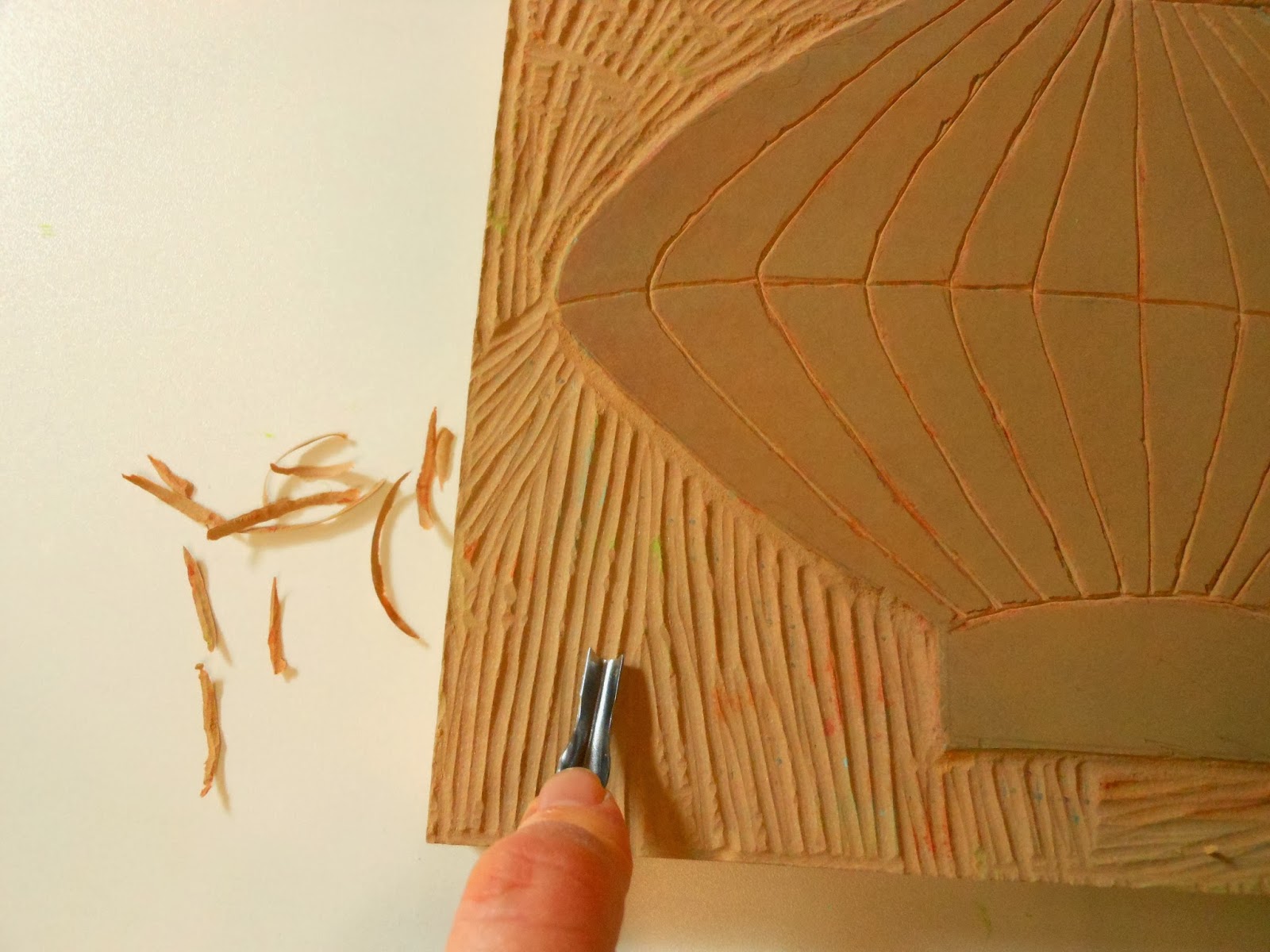Santa Fe doesn't get many big art exhibitions, but currently Renaissance to Goya Prints and Drawings from Spain, part of the collection of The British Museum is showing at the Santa Fe Museum of Art. Unfortunately, no non-flash photography is allowed, but I purchased the catalog, which is also available on-line through the British Museum. So, if you want to see this amazing collection, you have to go to The British Museum website or order the catalog. In this show, there is a large selection of etchings by Francisco Goya. For those not familiar with this master, Wikipedia says:
Francisco José de Goya y Lucientes (Spanish: [fɾanˈθisko xoˈse ðe ˈɣoʝa i luˈθjentes]; 30 March 1746 – 16 April 1828) was a Spanish romantic painter[1] and printmaker regarded both as the last of the Old Masters and the first of the moderns. Goya was court painter to the Spanish Crown; throughout the Peninsular War he remained in Madrid, where he painted the portrait of Joseph Bonaparte, pretender to the Spanish throne, and documented the war in the masterpiece of studied ambiguity known as the Desastres de la Guerra.[2] Through his works he was both a commentator on and chronicler of his era. The subversive imaginative element in his art, as well as his bold handling of paint, provided a model for the work of artists of later generations, notably Manet, Picasso and Francis Bacon.[3]
Now, what makes Goya such a transitional figure in this collection, is that his work shows such incredible emotion and is a stark commentary on his times: politics, war, and the culture in general. When one looks at the prints and drawings from the earlier periods in this collection, although they were masterfully executed, they displayed the formality of still life paintings and reflected religious themes. Below is a piece attributed to Bartomeu Coscolla, The Veronica of the Virgin c. 1398.
By the 16th c. perspective and foreshortening was in full use, but religious themes were still predominant in Spanish art. This work by Antonio Pereda y Salgado, Saint Ildephonsus Receiving Chasuble from the Virgin Mary c. 1640-60 continues that theme.
Goya stormed onto the scene with passionate and sometimes grotesque interpretations of what he saw of his world. By his time, French court paintings heavily influenced Spanish art, and Goya's often caustic statements of religion and politics continue to surprise and intrigue us to this day.Prints and drawings are often not taken seriously by the general public as they are sometimes the first step before a finished painting. However, whether a "sketch" prior to painting or a singular stand-alone work, they are masterworks of draftsmanship.
Speaking of prints, but in a much simpler and more Mod fashion, be sure to check the new pillow covers at StudioLizzy on Etsy.





















